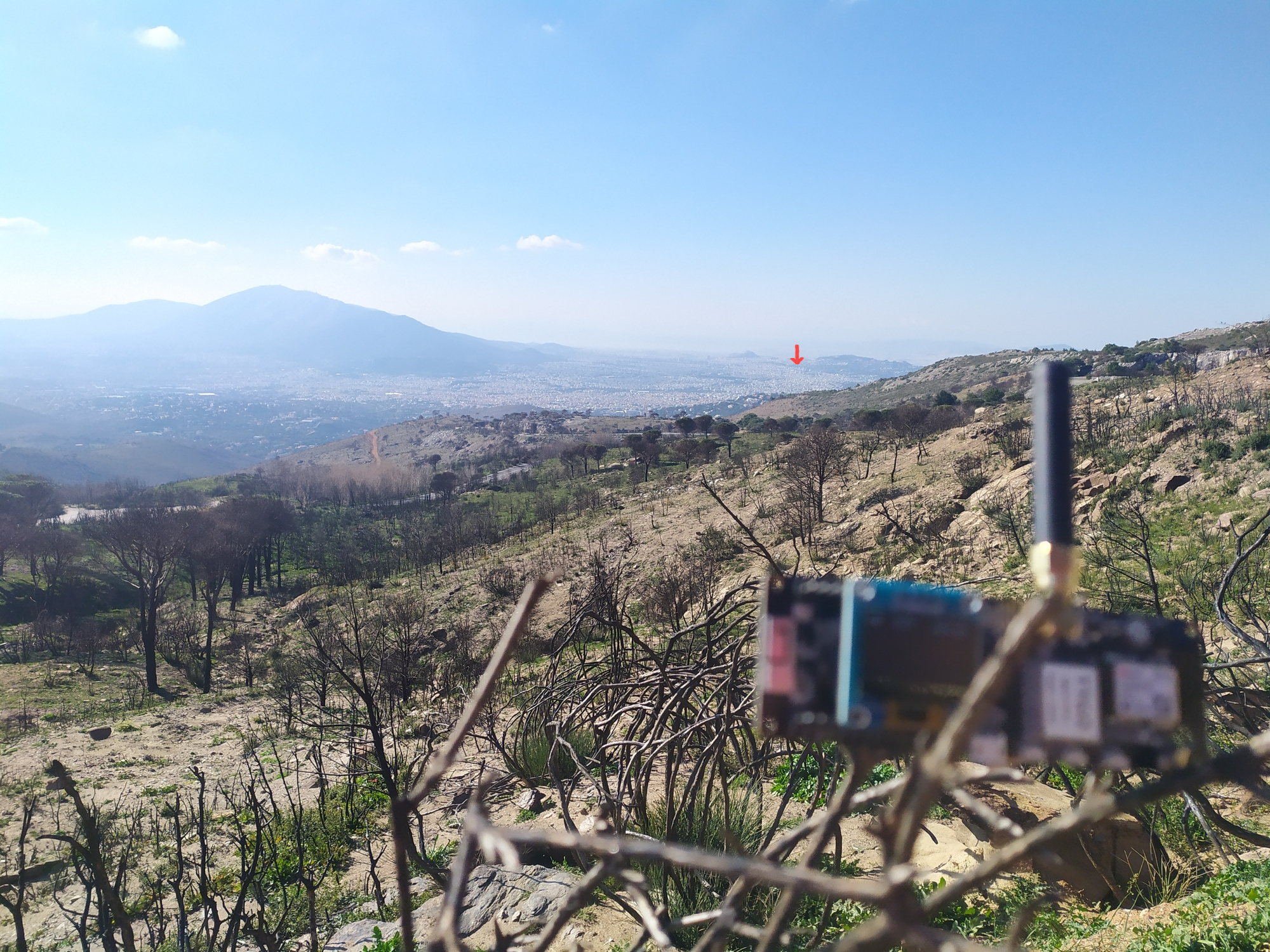More notes on Meshtastic and its v2.0 update
Jan 8, 2023In a previous post I documented my experience with the Meshtastic project and one of the TTGO T-Beam boards. Since then, I've experimented more with meshtastic and its capabilities, while the new version 2.0 of the project got released, so some updated notes are in order!
Version 2.0
On November 1st 2022, the version 2.0 of the project was released. According to the documentation, a lot of things got updated, with changes to better facilitate bigger networks, better meshing, faster messaging, more hardware options, etc. I suggest you read the release notes and changelog(s) for a complete list of the changes, but here's some highlights I noticed.
- In version 1.3 support for analog sensors (i.e. DHT11/DHT22) was removed. Going forward, sensors needed to use I2C to work. This made the codebase cleaner and smaller in size (I think), so it's a welcome change. The 2.0 version added support for more sensors and also auto-detection capabilities.
- Added JSON messages for the MQTT feature.
- A new web based (i.e. via your browser) flasher is available to flash boards via USB. It worked out of the box for me with Chromium packaged under Debian 11. This makes it easy to update your firmware version with a nice UX.
I also noticed the Android application was performing better than it did in the past and there's support for more mapping services (i.e. openstreetmap). All in all, the project looks and feels more polished.
Range tests
Over the last two weeks, together with the friend that introduced me to the project, we performed some range tests using the latest versions of the firmware. All tests were performed using the TTGO T-Beam v1.1 boards (Semtech SX1276) with stock antennas on the EU_868 band and the `LONG_FAST` modem preset. There are newer boards out there with better LoRa chips today.
The tl;dr is that as long as there's line of sight or something close to line of sight (a small hill between us wasn't a problem when one of us was elevated), communication works flawlessly. So far, we've tested up to 13km (8.07 miles) with a small hill in the way and it always worked. At 13km we got a SNR of -11.5 and a RSSI of -127, however the communication was pretty good and we were able to have a proper IM-like experience.
The most impressive part was that we were able to communicate in a distance of 3.5km with one board being on a balcony on the second floor of a block of flats and the other one being on ground level. But this time, there was no line of sight between the two boards. Using the `LONG_FAST` modem preset, message delivery wasn't working reliably. Changing the modem preset to 'LONG_SLOW', improved our message delivery to around 80%.

T-beam board on top of the Penteli mountain. There's an arrow pointing at the location of the other T-Beam.
Next steps
I plan on buying a NanoVNA to build a couple of antennas and test things again. The first test should be a quarter wave ground plane antenna, as I've seen a lot of people have build those with good results.
As stated previously, I want to experiment with the Reticulum network on these devices to see what's possible with a more complex network architecture.
Source: GitHub
